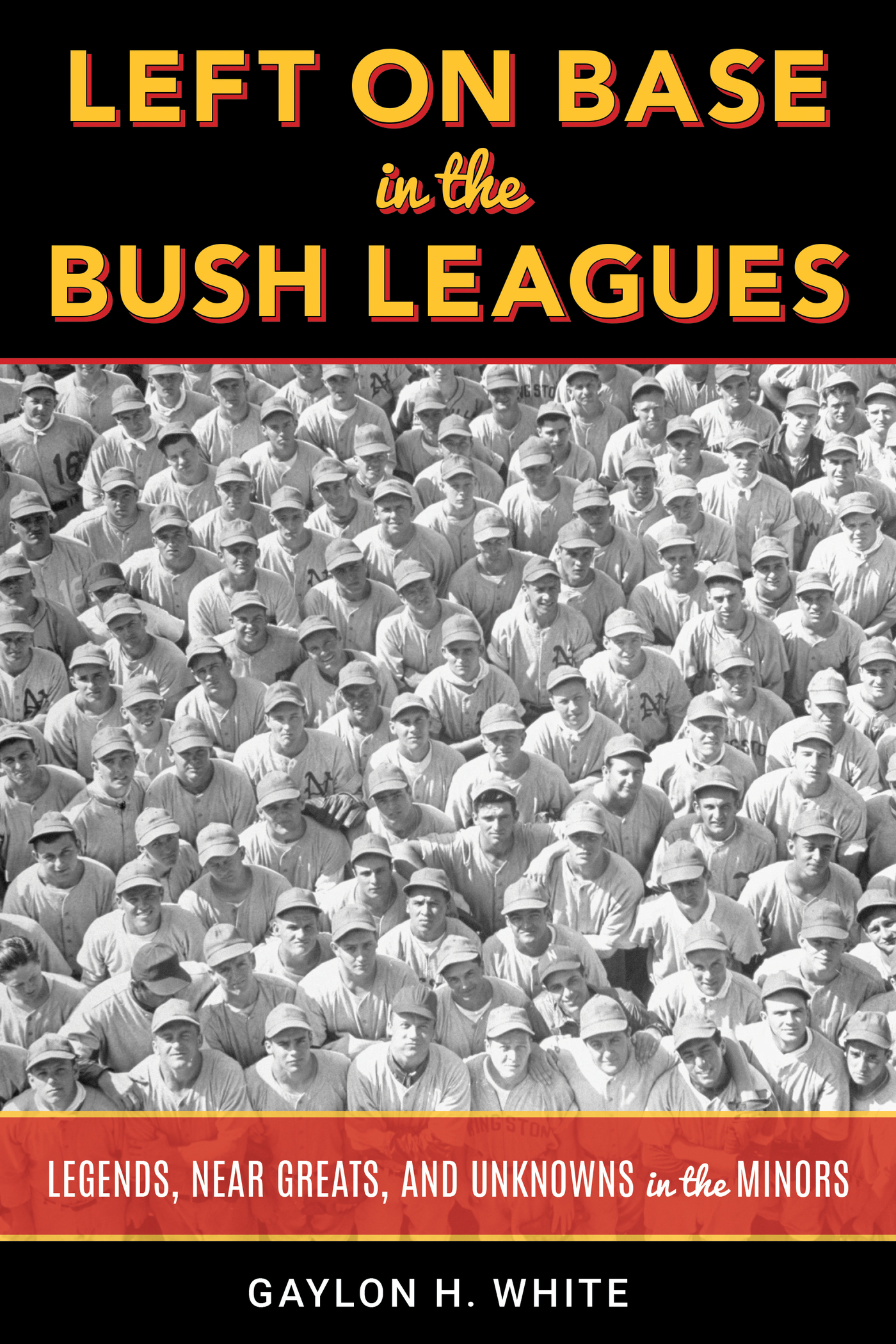Left on Base
in the Bush Leagues
Left on Base
in the Bush Leagues
Legends, Near Greats,
and Unknowns in
the Minors
Gaylon H. White
ROWMAN & LITTLEFIELD
Lanham Boulder New York London
Published by Rowman & Littlefield
An imprint of The Rowman & Littlefield Publishing Group, Inc.
4501 Forbes Boulevard, Suite 200, Lanham, Maryland 20706
www.rowman.com
6 Tinworth Street, London SE11 5AL, United Kingdom
Copyright 2019 by The Rowman & Littlefield Publishing Group, Inc.
All rights reserved. No part of this book may be reproduced in any form or by any electronic or mechanical means, including information storage and retrieval systems, without written permission from the publisher, except by a reviewer who may quote passages in a review.
British Library Cataloguing in Publication Information Available
Library of Congress Cataloging-in-Publication Data
Name: White, Gaylon H., 1946, author.
Title: Left on base in the bushes : minor league legends, near greats, and unknowns / Gaylon H. White.
Description: Lanham : Rowman & Littlefield, [2019] | Includes bibliographical references and index.
Identifiers: LCCN 2018046859 (print) | LCCN 2019002460 (ebook) | ISBN 9781538123669 (electronic) | ISBN 9781538123652 (cloth : alk. paper)
Subjects: LCSH: Baseball playersUnited StatesBiography. | Minor league baseballUnited StatesHistory.
Classification: LCC GV865.A1 (ebook) | LCC GV865.A1 W48 2019 (print) | DDC 796.3570922 [B]dc23
LC record available at https://lccn.loc.gov/2018046859
 TM The paper used in this publication meets the minimum requirements of American National Standard for Information Sciences Permanence of Paper for Printed Library Materials, ANSI/NISO Z39.48-1992.
TM The paper used in this publication meets the minimum requirements of American National Standard for Information Sciences Permanence of Paper for Printed Library Materials, ANSI/NISO Z39.48-1992.
Printed in the United States of America
To my understanding and patient wife,
Mary Lynn Joette Gilkey White, and our children,
Shane Andrew, Erin Lynn, and Rory Patrick Graham.
Thanks for your support and encouragement.
Foreword
Wes Parker
Carlos Bernier played for the Hollywood Stars, one of eight teams in the Pacific Coast League, which from 1946 to 1957 many considered to be a third major league. My father first took me to see the Stars play at Gilmore Field on the West Side of Los Angeles in 1948, when I was eight years old, and I quickly became an avid fan.
The grass was as green, the sky as blue, the crack of the bat as sharp and clean as today, even sharper because Gilmore Field held slightly less than 13,000 paying customers, making it very much a sensory experience. Bernier, along with Frankie Kelleher and Chuck Stevens, were my favorite players. He could hit, throw, run, hit for power, and run. Lord, could he run. Back then they had pregame activities in which players would race one another around the bases. Bernier never lost. One time he circled the bases home to home, a straight-line run of 360 feet, in less than 14 seconds. That is how he came to be known as the Cuban Comet (even though he was Puerto Rican).
Players were not analyzed, dissected, and interviewed to nearly the extent that they are today. They played, then disappeared, returning to the mysterious life from which they came. They were like godsmajestic, young, supremely skilled, beautiful in those white uniforms with the red-and-blue highlights, the exact same color and shade Superman wore.
When games were sold out, they roped off the outfield and allowed us to sit on the outfield grass behind the ropes, close to our gods, so close we were within 10 feet of them. We could sense them, hear them, feel their energy. It got so that while driving to the games I prayed for a sellout so I could share the same grass with them and watch them from close range.
As an adult I looked back and wondered who Carlos Bernier really was, what kind of a life he lived, what happened to him after the Dodgers forced the Stars to relocate to Salt Lake City in 1958. I knew he played briefly in the big leagues with Pittsburgh but nothing more. Was he happy? Sad? Regretful? Pleased with himself and his career? What kind of man was he? What happened to him after his career ended?
This man and the 1950s era he played in remain among my most treasured memories, an era when the entire world seemed more alive and beautiful and civilized than it does today. And now, because of this book, I get to relive it and learn what Carlos Bernier and the other men I so admired during that wonderful time were really like.
Thank you, Gaylon White.
* * *
Wes Parker grew up in the Brentwood section of Los Angeles, graduated from the University of Southern California, and played first base for the hometown Dodgers from 19641972, winning six consecutive Gold Glove Awards while batting .264, with 64 homers. In 1974, he played in Japan for the Nankai Hawks, earning another award for outstanding defense and hitting .301. Jim Murray, legendary Los Angeles Times sports columnist, called Wes the most graceful athlete I think I ever saw, adding, Parker plays the game with such effortless ease he makes a ballerina look as if she had corns.
Los Angeles Times, April 7, 1965, Part 3, 9 (main edition).
Preface
If you were a kid baseball junkie in the 1950s and 1960s, the best fix was the annual baseball guide published by the Sporting News. It was chock full of stories and statistics from the lowest of the minors to the majors. Most of the minor leaguers were unknown and would remain that way. A few stepped out of the back pages of the guide and into the national limelight.
A photo in the 1954 edition introduced a young black player named Henry Aaron, batting champion of the Class A South Atlantic League (Sally) the previous season. He went on to hammer 755 home runs in a Hall of Fame career.
The following year, 1955, another black, Al Pinkston, led the Sally League in hitting. Hes pictured wearing a baseball cap with the letter A for Athletics inscribed on it. The same photo of Pinkston, minus the letter on the cap, showed up in the guides for 1960, 1961, 1962, and 1963. He was the Class AA Mexican League batting king each year with averages ranging from .369 to .397.
It was a select group of minor leaguers pictured in the guides, as they featured only the top hitter and pitcher with the best earned run average from Class A leagues and above.
Pinkstons name continued to appear among the Mexican Leagues top batsmen until he retired after the 1965 season, a month shy of his 48th birthday. He never made it to the majors.
Who was this guy smiling from the pages of the baseball guide for almost a decade? Why didnt he make it to the big leagues? What happened to him?
In June 1975, I traveled to New Orleans, Louisiana, to meet Pinkston and get answers to my questions. The year before, I interviewed Joe Bauman in Roswell, New Mexico, and Bob Crues in Amarillo, Texas.
In the 1955 guide, at the end of a lengthy review of the 1954 season, Bauman is credited with the top feat of the year in the minors, for pounding a record 72 home runs at Roswell. He broke the mark of 69, set by Joe Hauser of Minneapolis in 1933, and tied by Amarillos Crues in 1948.
The closest Bauman got to the majors was the one game he played at the Triple-A level of the minors. Crues didnt make it past Class A. Why?
I was asking the same question about the star players I saw play in the Pacific Coast League (PCL) growing up in Los AngelesCarlos Bernier, Joe Brovia, Bob Dillinger, and Joe Taylor.
Next page
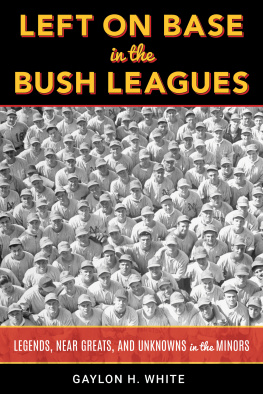
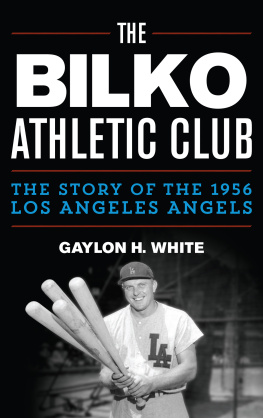
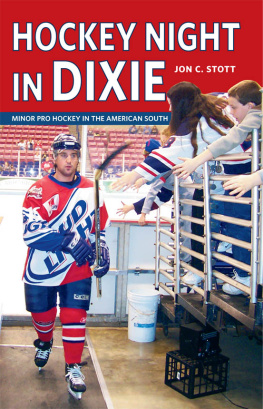
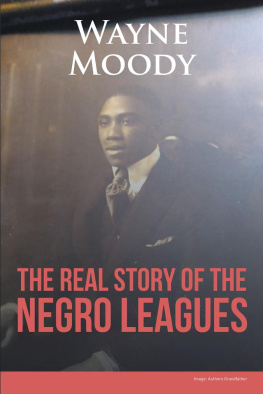
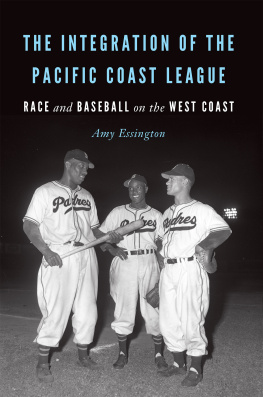

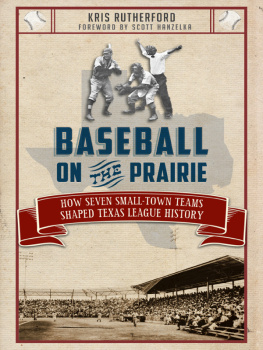

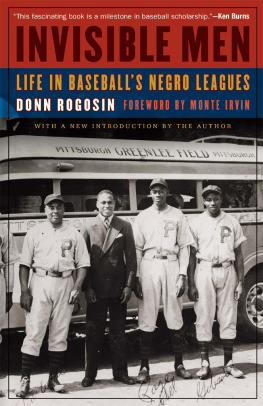
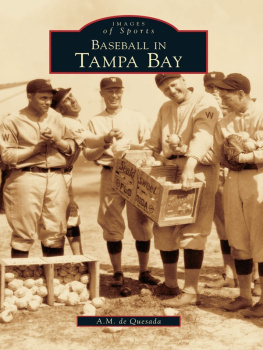
 TM The paper used in this publication meets the minimum requirements of American National Standard for Information Sciences Permanence of Paper for Printed Library Materials, ANSI/NISO Z39.48-1992.
TM The paper used in this publication meets the minimum requirements of American National Standard for Information Sciences Permanence of Paper for Printed Library Materials, ANSI/NISO Z39.48-1992.